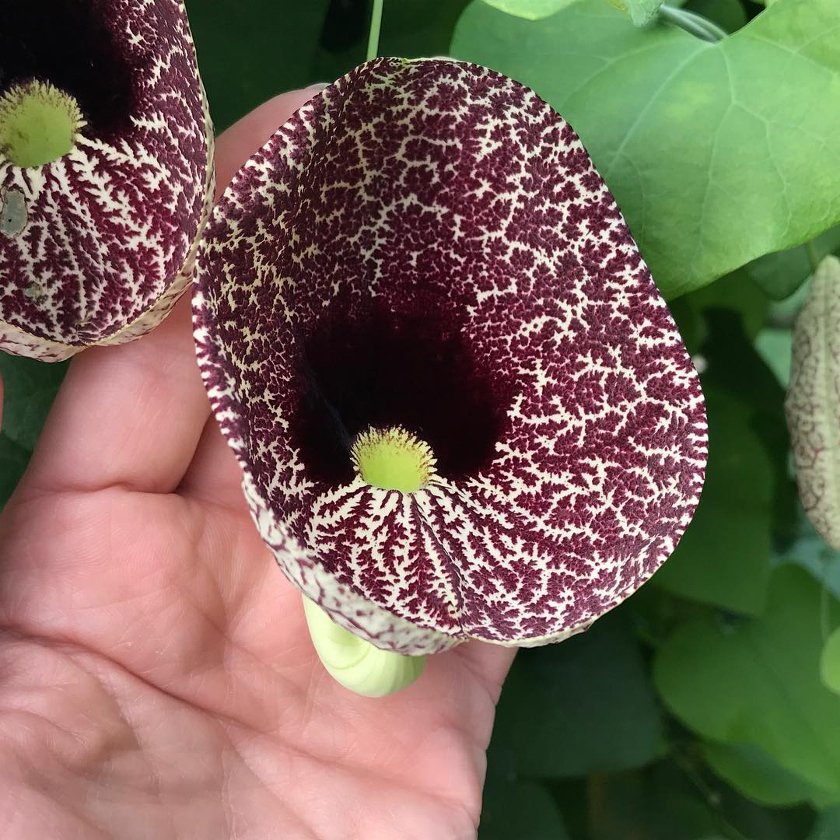
15 Calico Flower Dutchman's Pipevine Aristolochia Seeds
Calico plant is an herbaceous perennial plant that grows between 20 and 50 cm tall. The plant is found growing in open areas of degraded deciduous forest, wastelands and river margins. Normally the plant prefers an organically rich, consistently moist and well-drained soil.
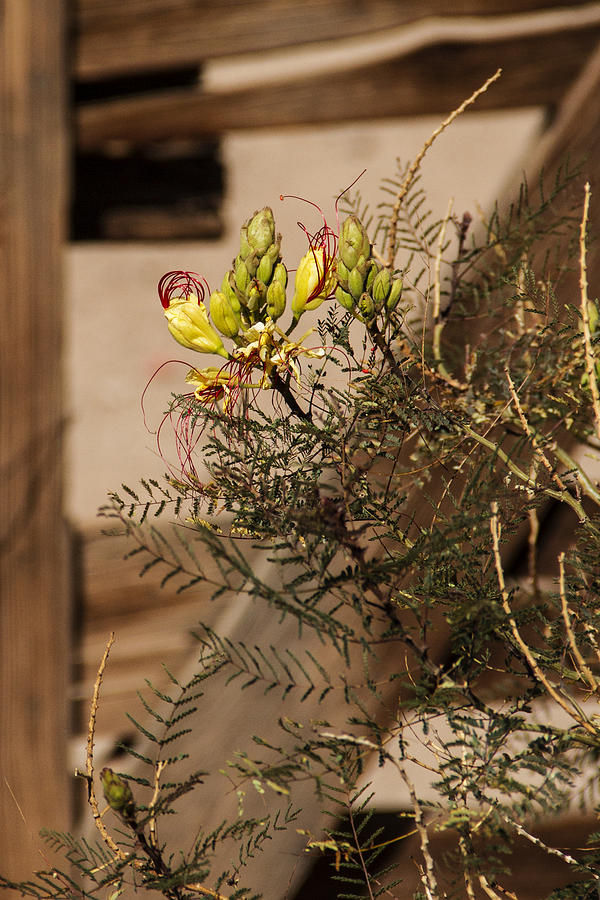
Calico Flower Photograph by Guy Shultz Fine Art America
Aristolochia littoralis, commonly called calico flower, is a tropical twining evergreen vine that produces unusual flowers, each of which resembles a dutchman's pipe suspended on a thin stalk. It is native to South America, but has naturalized in certain tropical areas around the world as well as in Central America and the southern U.S.
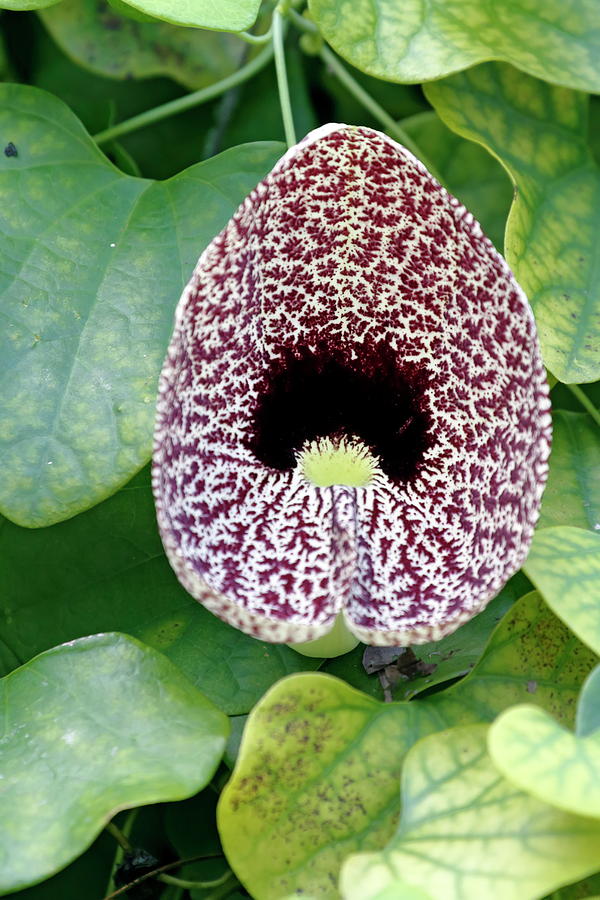
Calico Flower Photograph by Daniel Caracappa Fine Art America
Calico flower ( Aristolochia littoralis) is an ornamental vine. Native to Brazil, the calico vine grows well in warmer climates, and acts as an outdoor perennial in zones 9 through 12.

Aristolochia elegans (Elegant Dutchman's pipe vine) (Calico flower)
Schott's calico is a desert-loving annual plant whose name 'calico' refers to the speckled pattern on its flowers that offer colors of many hues. It is a small and bristly species that flowers in springtime. It can be found growing in the wild across the United States.

Calico flowerXishuangbanna Tropical Botanical Garden,CAS
Calico Flower (Scientific name: Aristolochia littoralis) is a beautiful and unique flower species attracting gardeners and nature enthusiasts for centuries.It is also known as the riverbank grape, Dutchman's pipe or calico bush. This flowering plant is from South America, but it is now grown worldwide, especially in tropical and subtropical areas.
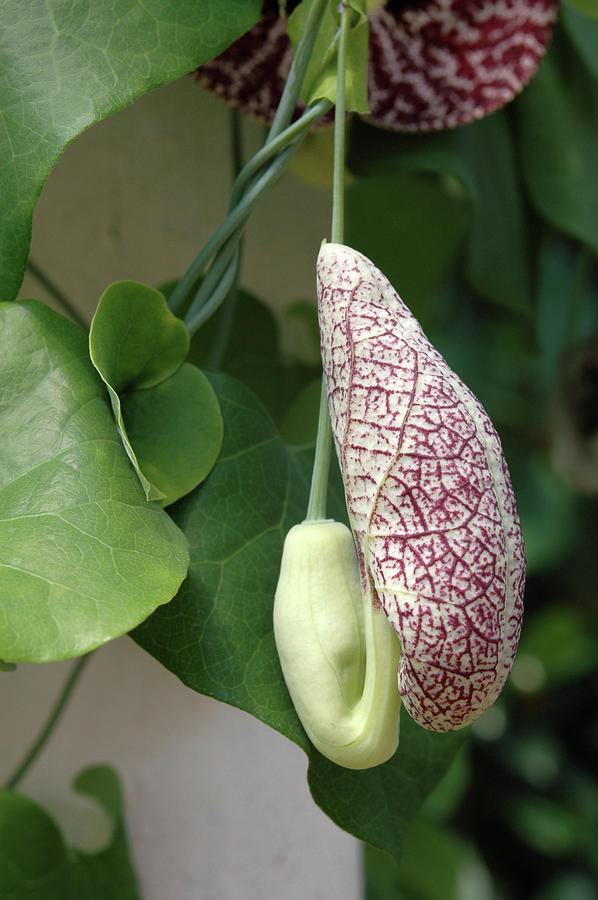
Calico Flower (aristolochia Littoralis) Photograph by Frank M Hough
Kalmia latifolia, the mountain laurel, calico-bush, or spoonwood, is a species of flowering plant in the heath family Ericaceae, that is native to the eastern United States.Its range stretches from southern Maine south to northern Florida, and west to Indiana and Louisiana.Mountain laurel is the state flower of Connecticut and Pennsylvania.It is the namesake of Laurel County in Kentucky, the.

Calico Flower Stock Image B800/0028 Science Photo Library
Calico flower is a slender, woody perennial climber. Leaves are kidney-shaped, up to 7 centimeters long and up to 7 centimeters wide. Flowers are solitary, with inflated and sharply curved calyx tube, the limb nearly orbicular and entire, with numerous purple spots outside and deep purple-brown marked with white inside. Distribution

My Calico flower in bloom Bloom, Beautiful blooms, Flowers
Plant Subject: Calico Flower (Aristolochia elegans) First impression: Ethereal, exotic, lush calico pattern in maroons and yellow on a sci-fi shaped flower. This pattern is on the front of two large fused, floppy flower lobes. The other side's profile resembles a Sherlock Holmes shaped pipe in a lime green color. The light green leaves are heart shaped and smooth and sparsely spaced.
Close up of Calico Flower (Aristolochia littoralis) from Forests of Punjab
Also known as white woodland, starved, or side-flowering aster, the calico aster is a North American herbaceous native plant with a bushy, clumping growth habit. It grows from one to three feet tall at maturity. The erect stems are green to brown, and hairy, with lateral branching.
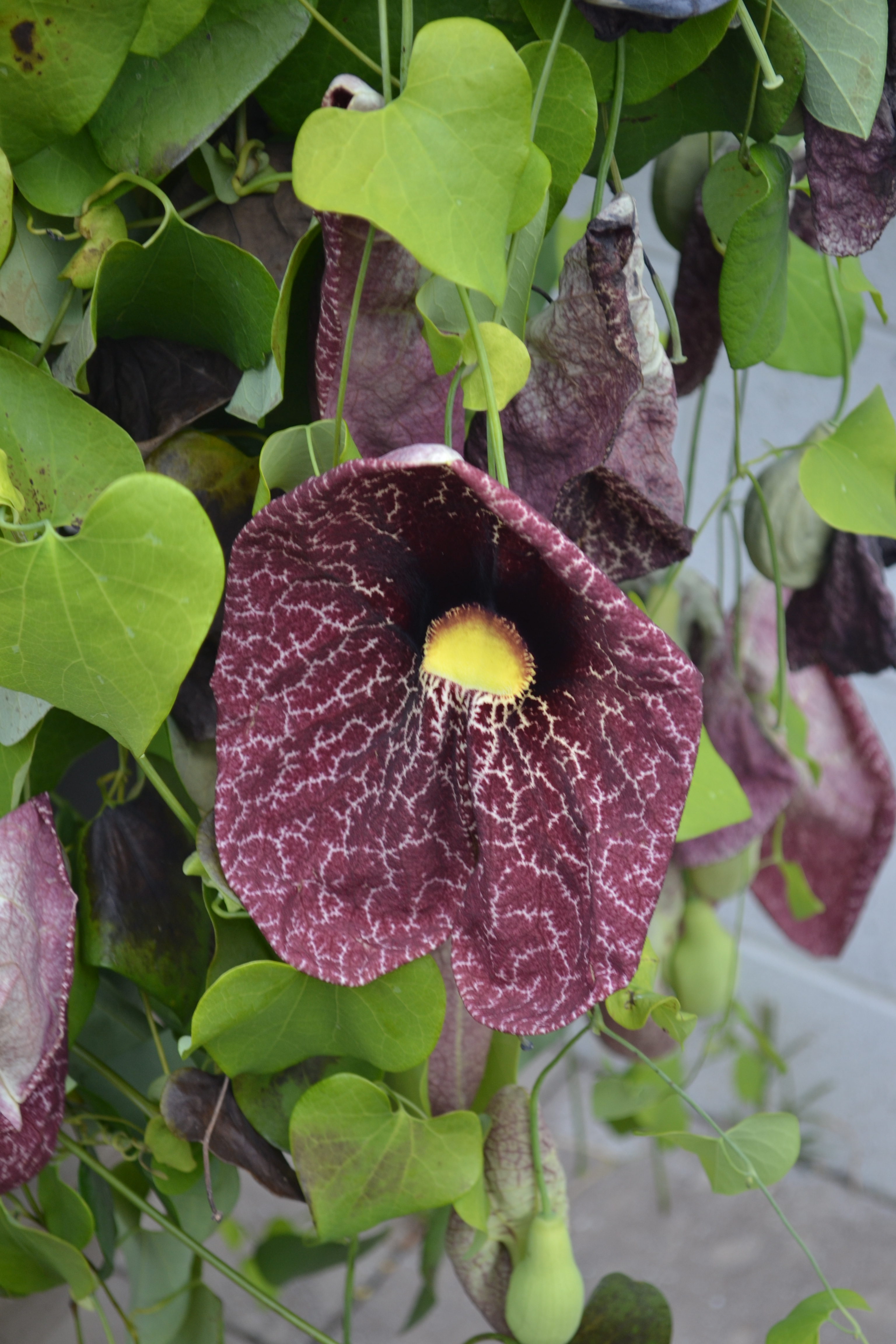
Calico Flower Lewis Ginter Botanical Garden
Calico Aster is distinguished by a combination of characteristics: smaller than average flower size (~½ inch), fewer rays than most other white asters (9 to 16), creamy white or very pale yellow center disk (not bright yellow), generally lance-elliptic leaves with hairs only along the midvein on the underside, and stems covered in soft, white ha.
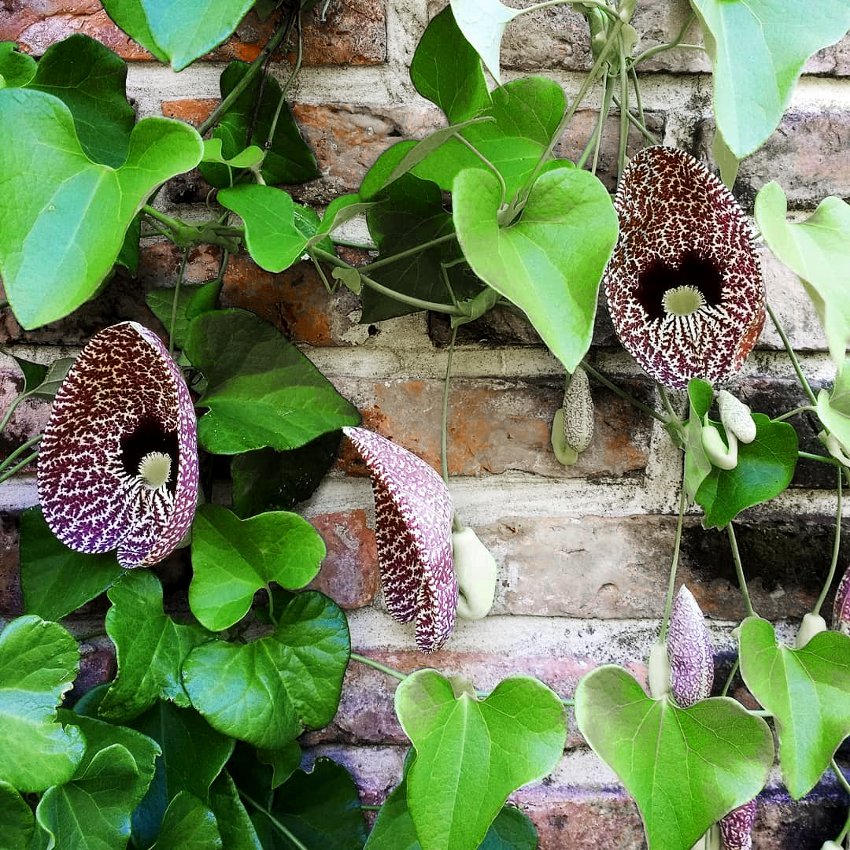
Unusual Calico Flower Dutchman's Pipevine Aristolochia elegans 15 Seeds
Also called calico flower or baby blue eyes, growing five spot in a pot provides a beautiful backdrop for taller plants. Combine it with perennials, other annuals, or ornamental grasses and foliage plants. Container grown five spot plants may even act as a perennial due to its prolific self-seeding. About Five Spot in Containers
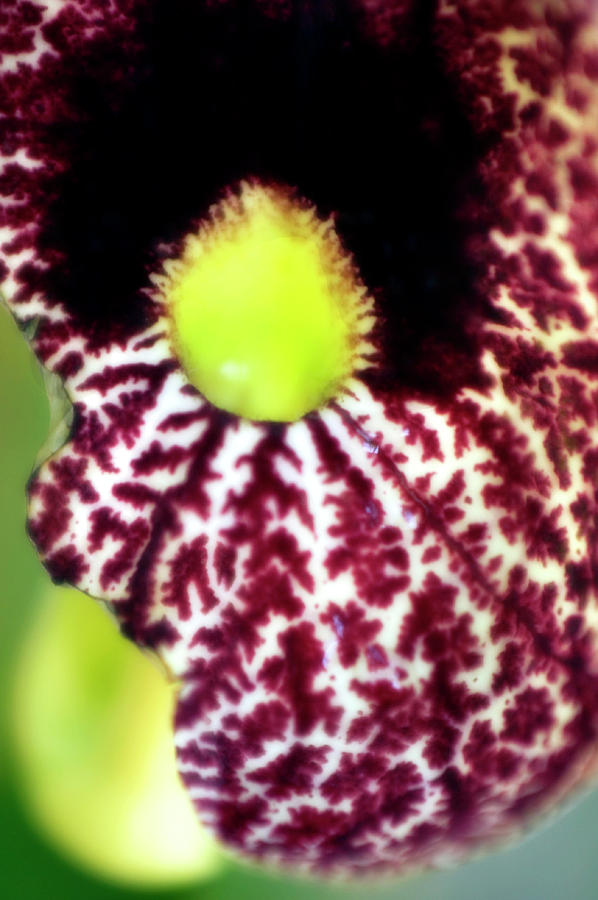
Calico Flower (aristolochia Littoralis) Photograph by Maria Mosolova
Calico flower is a striking evergreen climber with heart-shaped leaves and unusual flowers that resemble Dutch pipes. It is native to Brazil and can be grown in a conservatory or greenhouse. Find out more about its cultivation and care at RHS Gardening.

Calico flower in bloom in the western Mojave Desert near Ridegcrest, CA
Hemerocallis 'Calico Jack' (Daylily) is a compact, evergreen perennial boasting a profusion of large, bright yellow flowers, 5.5 in. across (14 cm), adorned with a plum eyezone and green throat. Blooming from early to mid-summer, the attractive blossoms are held neatly above its compact mound of arching, linear leaves.

Forum / Obrázek Calico flower Garten.cz
The calico aster is a common sight in late summer when its tiny white flowers appear like thousands of tiny stars (for which asters are named) along roadsides, near woodland edges and in meadows. Also known as the starved aster, this herbaceous perennial has small, spiky, dark green glossy leaves and compact pale flowers with bright rosy pink centers, making it a very distinctive wild aster.

Aristolochia Elegans Calico Flower Dutchman's Pipe Etsy
The flowers can produce an unpleasant odor, but it isn't always noticeable. The carrion-like smell helps attract flies to pollinate the flowers. Light and Temperature. As a plant that is native to South America, the calico flower remains winter hardy in USDA hardiness zones 9 to 12. It should never winter in temperatures below 50° degrees.

Aristolochia elegans Calico Flower Seeds
Zantedeschia 'Odessa' (Calla Lily) 5. Calla Lily Care. Provide consistent moisture during the growing season, and do not allow the soil to dry out. Feed with a balanced liquid fertilizer every two weeks until the flowers have faded. Remove the flower stems after the blooms have faded.